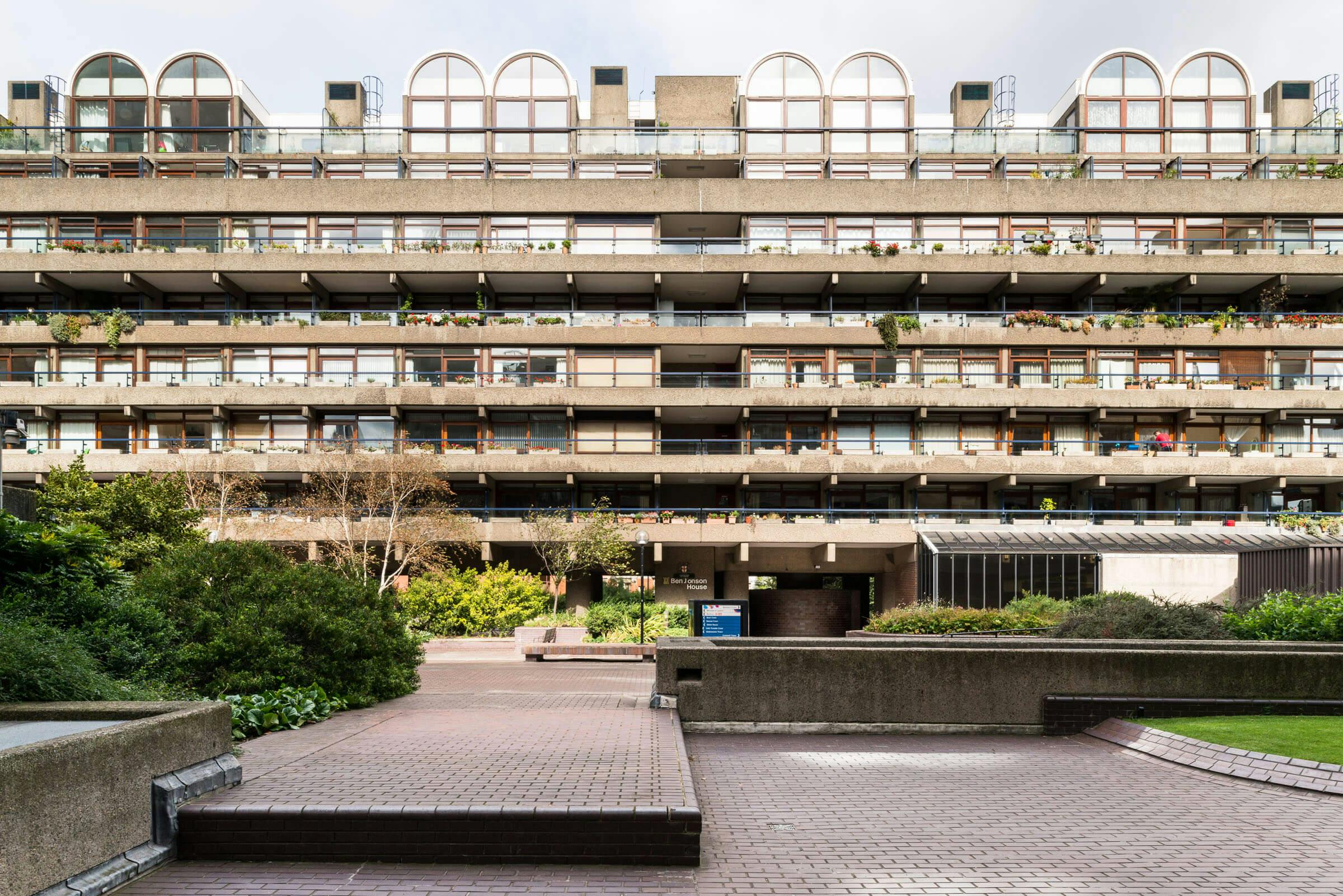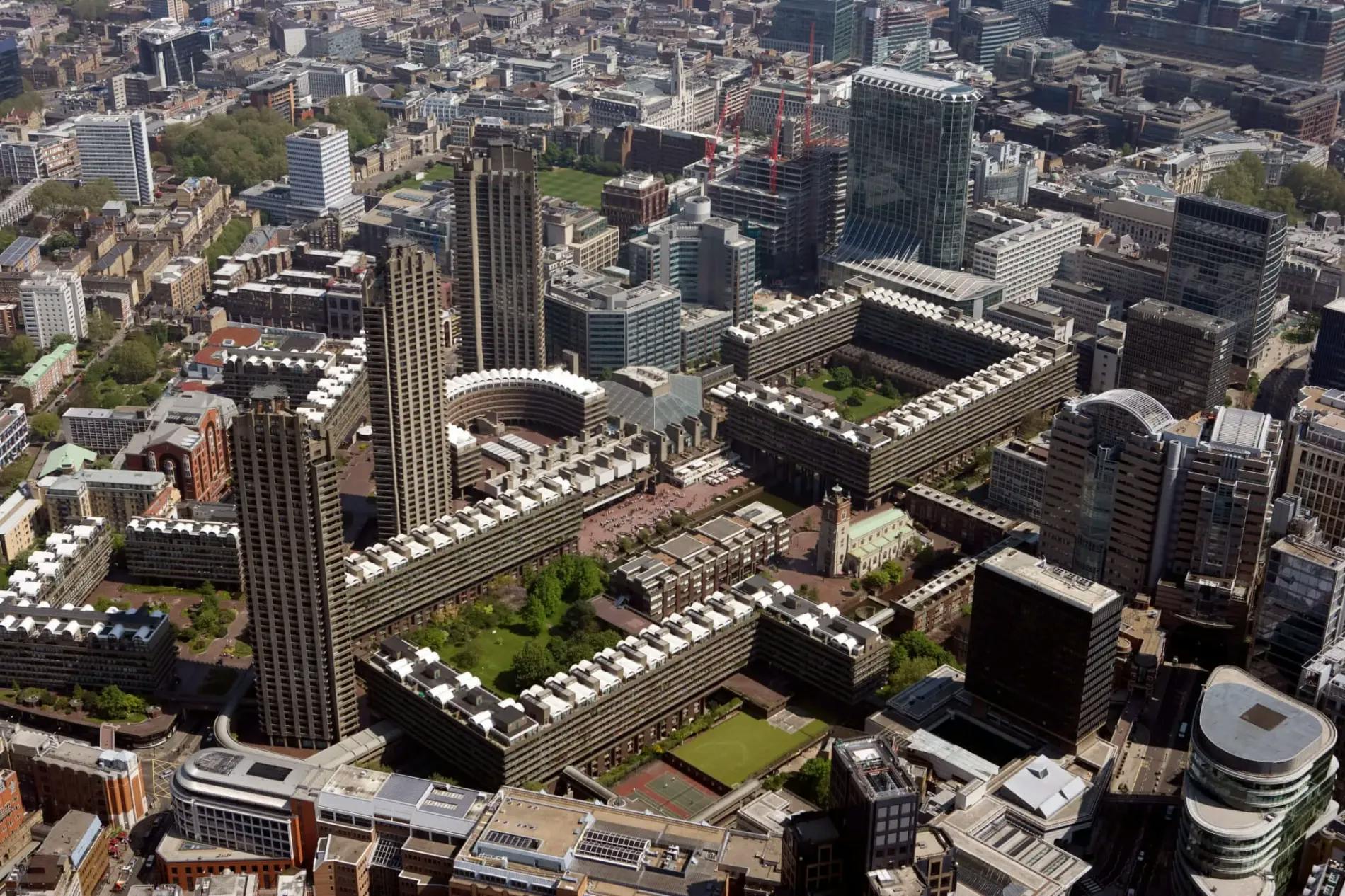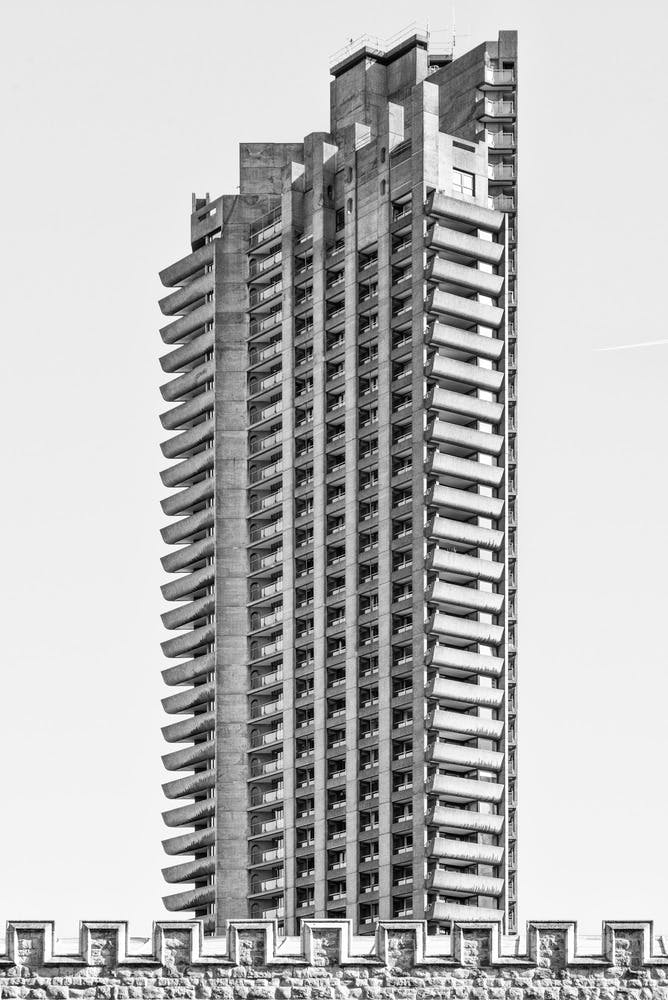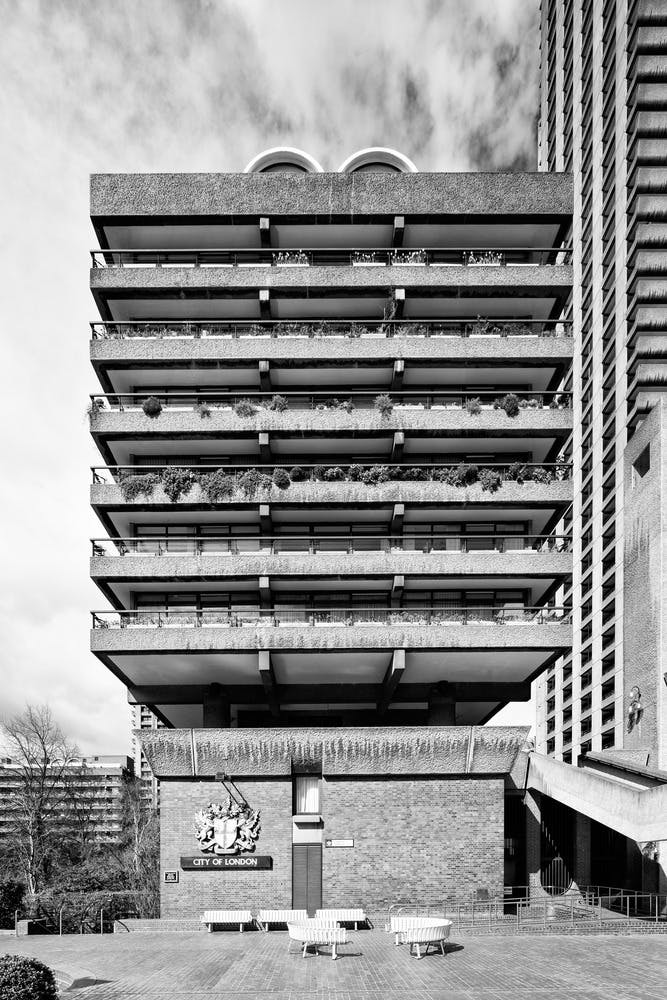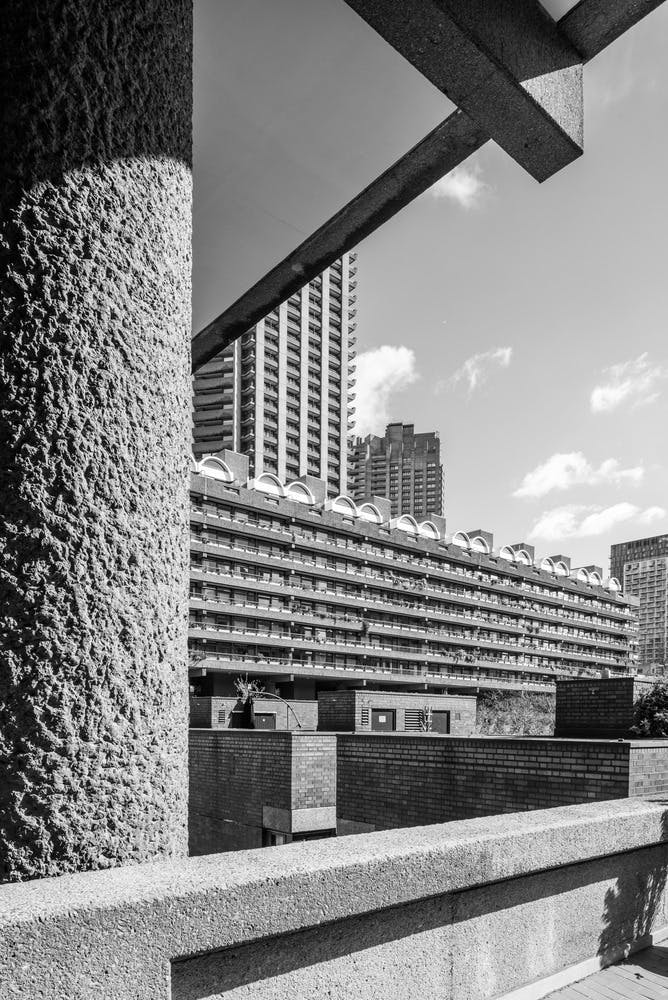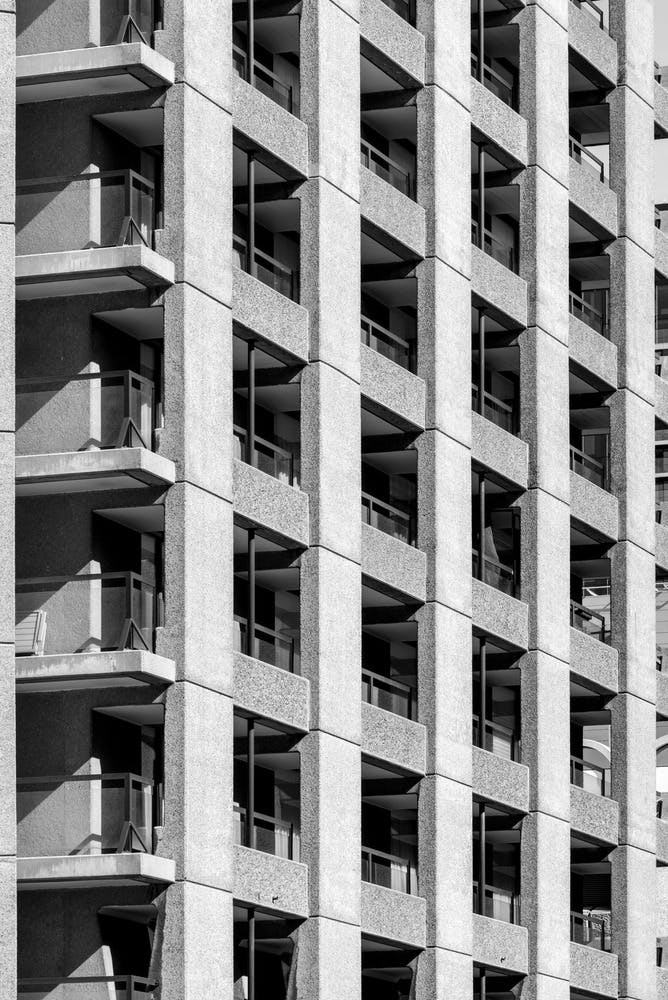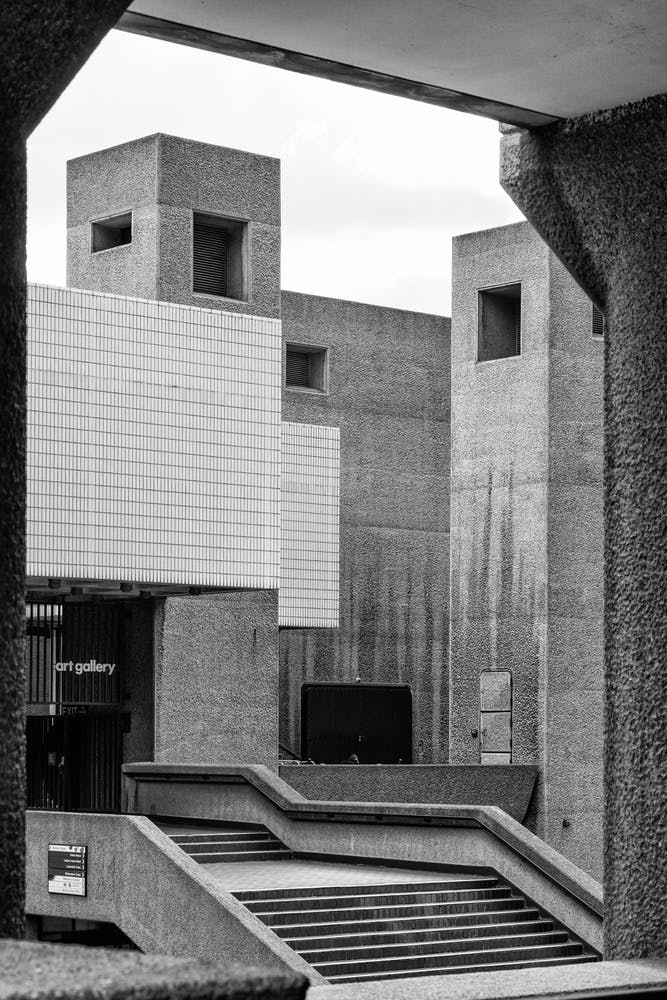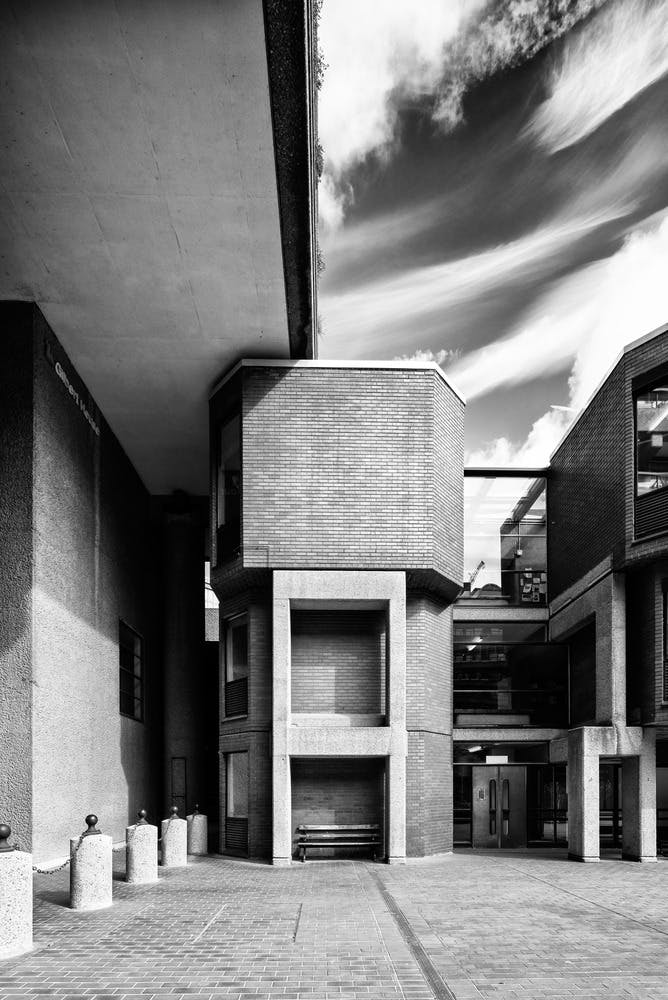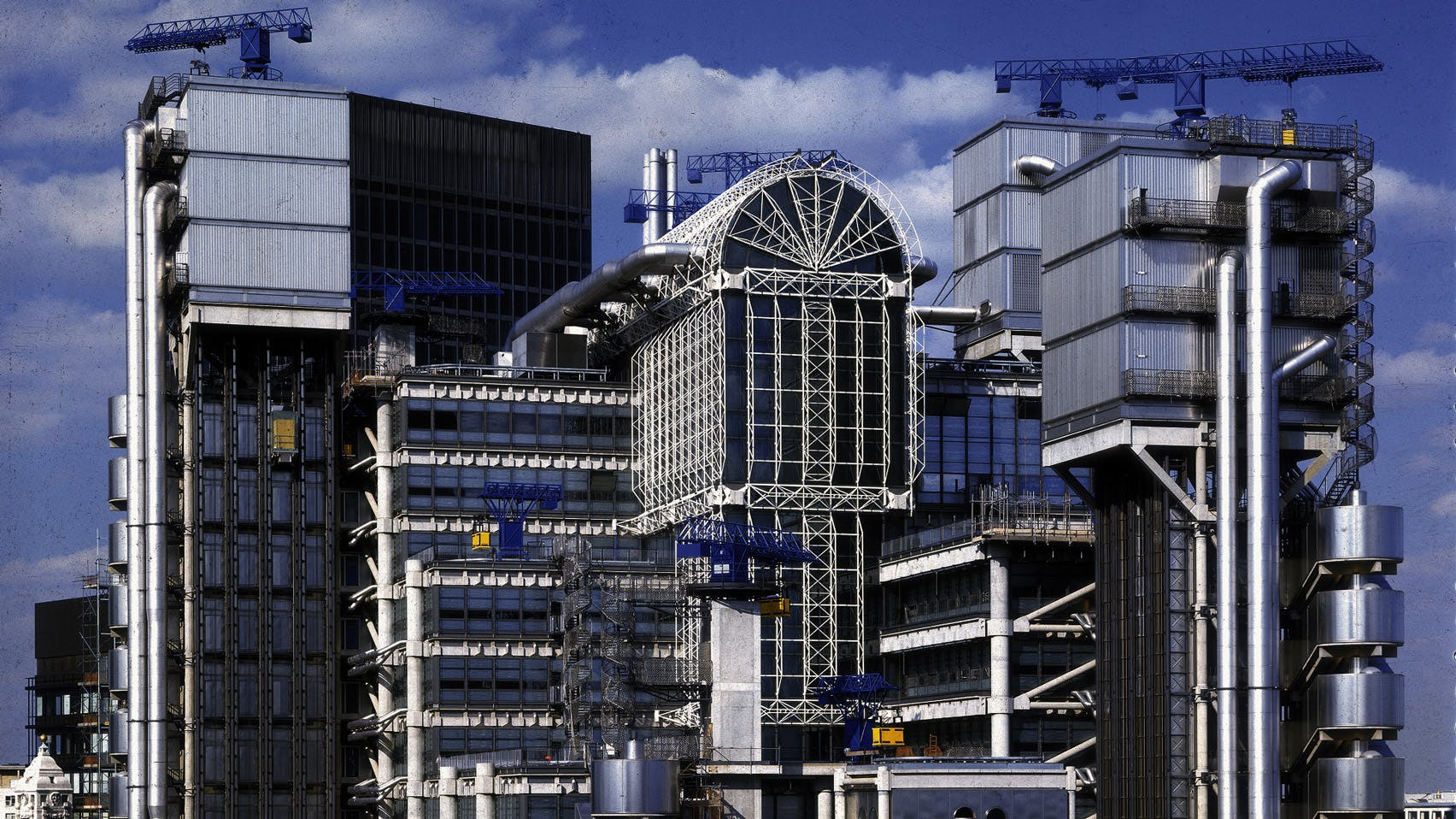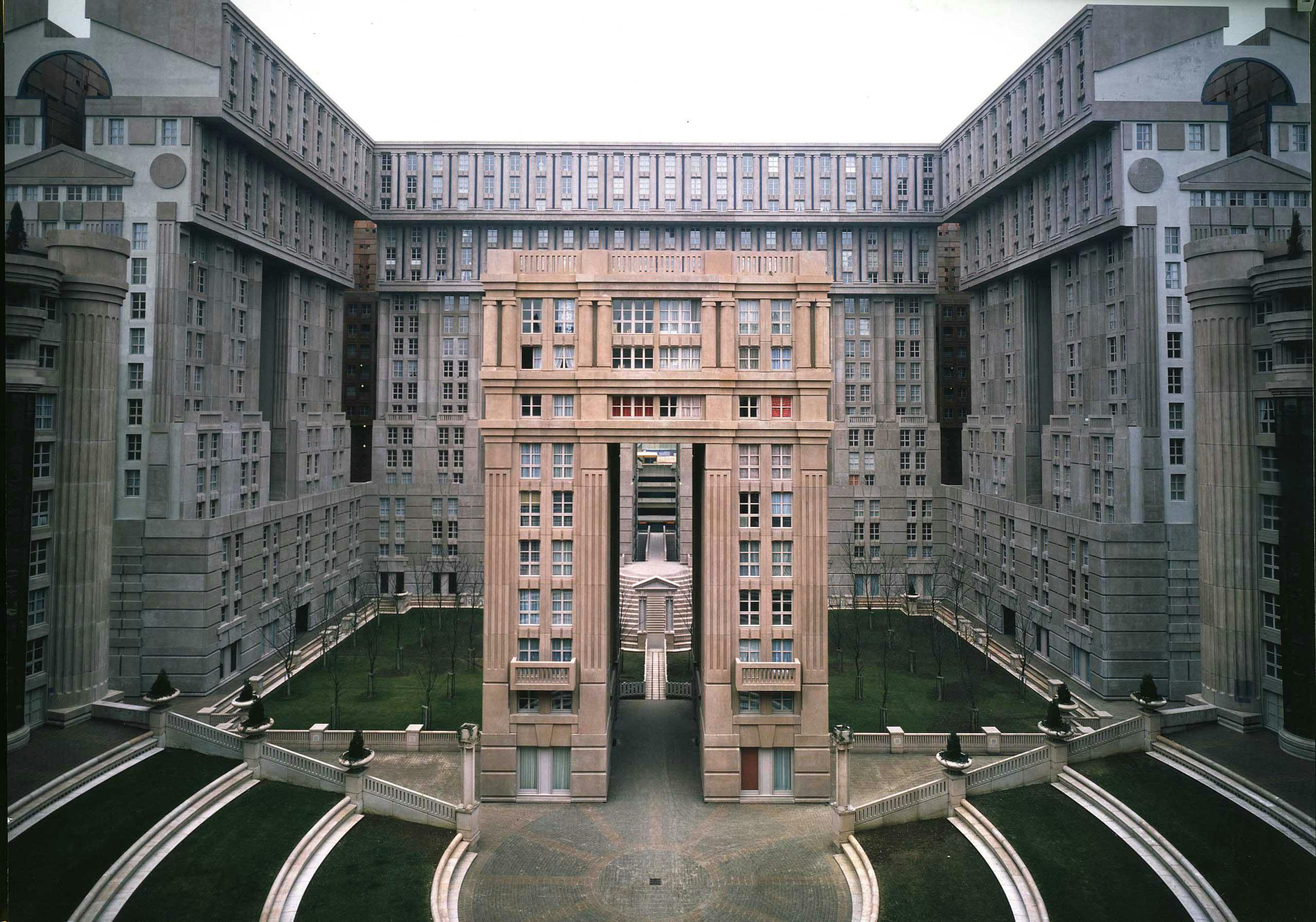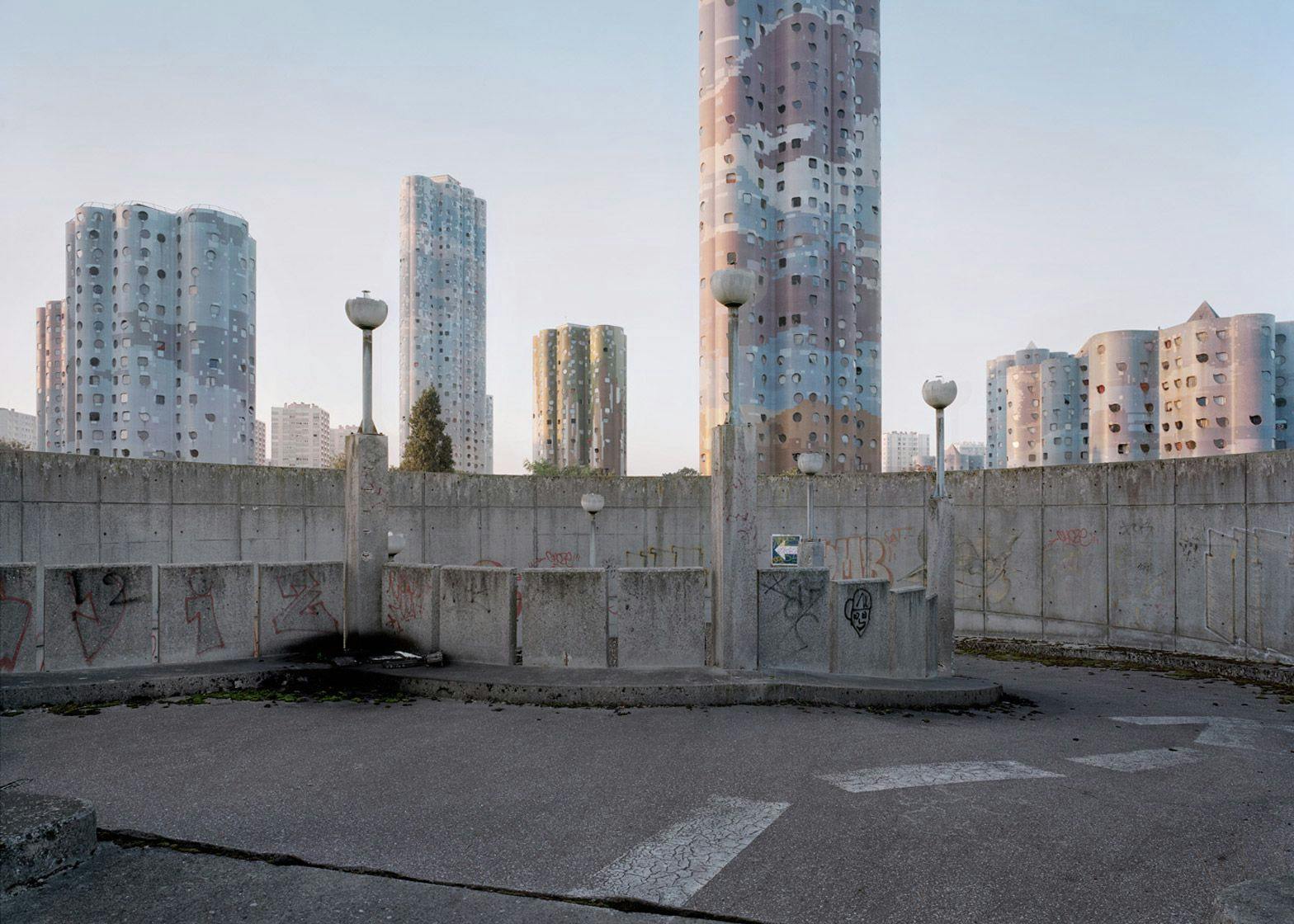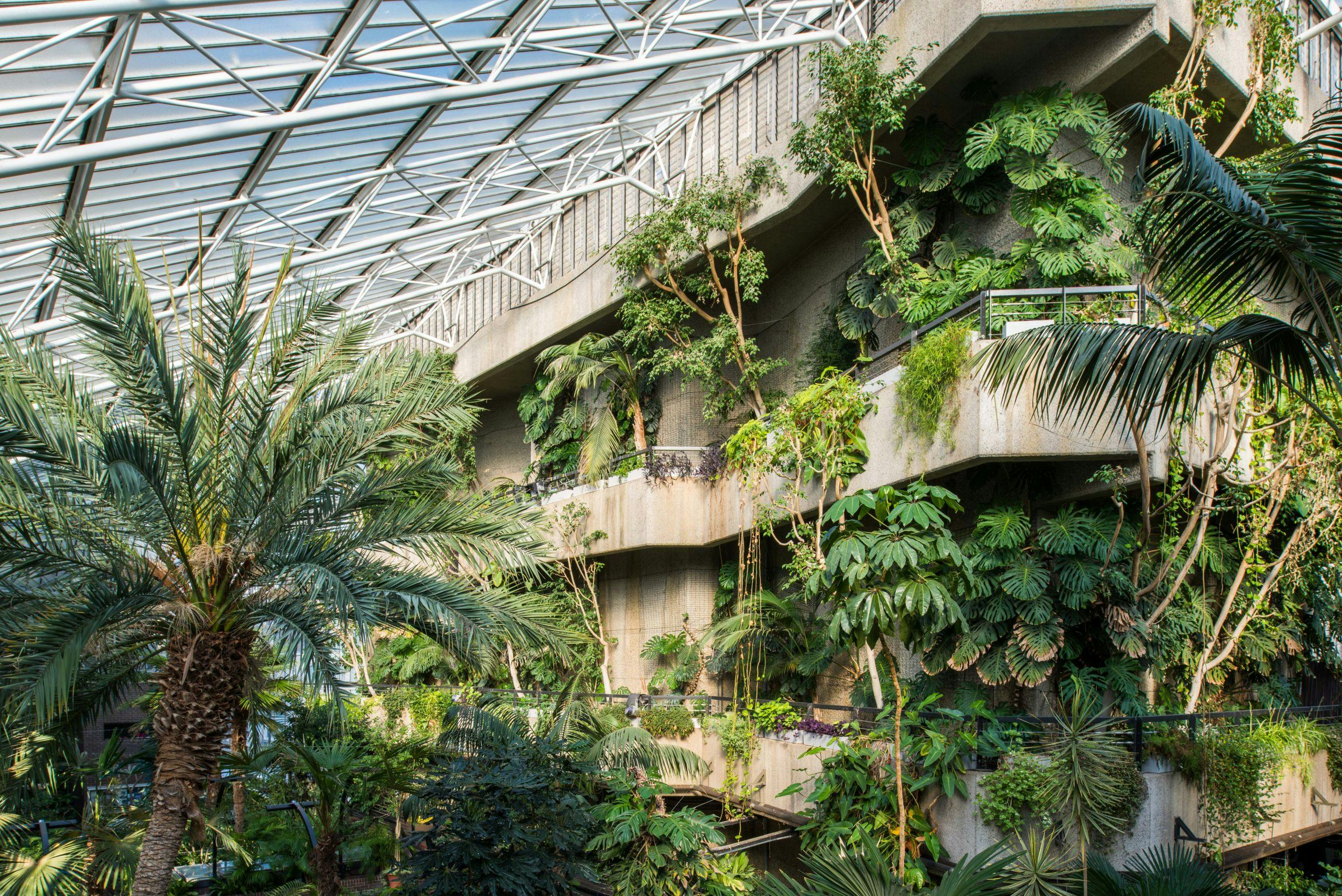
Barbican Centre
The Barbican Centre is a world-class arts and cultural venue in London, offering a range of performances, exhibitions, films, and concerts. Located in the heart of the Barbican Estate, it is home to the London Symphony Orchestra and hosts a variety of contemporary and classical arts events. The brutalist architecture of the building itself is an iconic part of the experience.
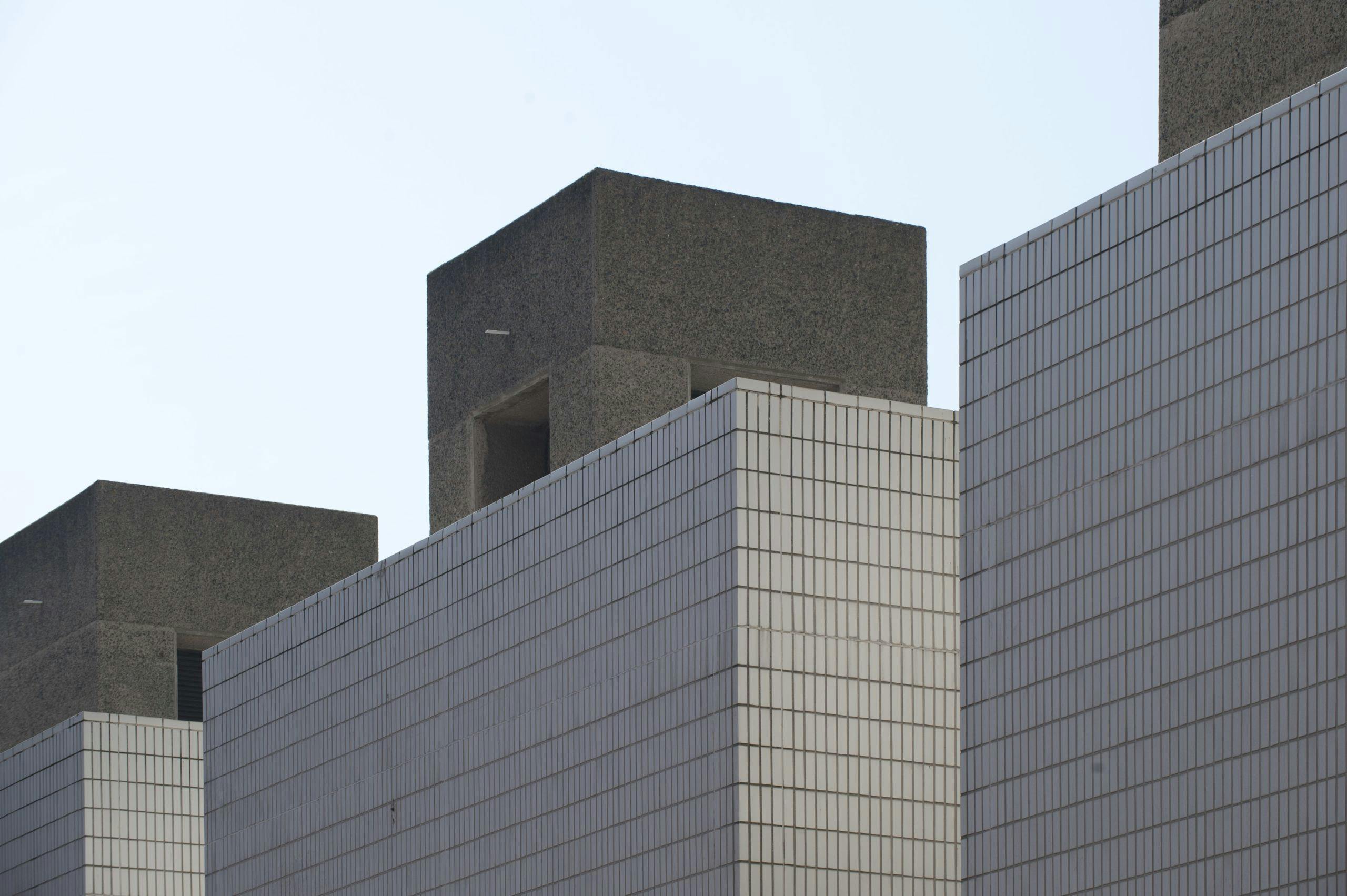
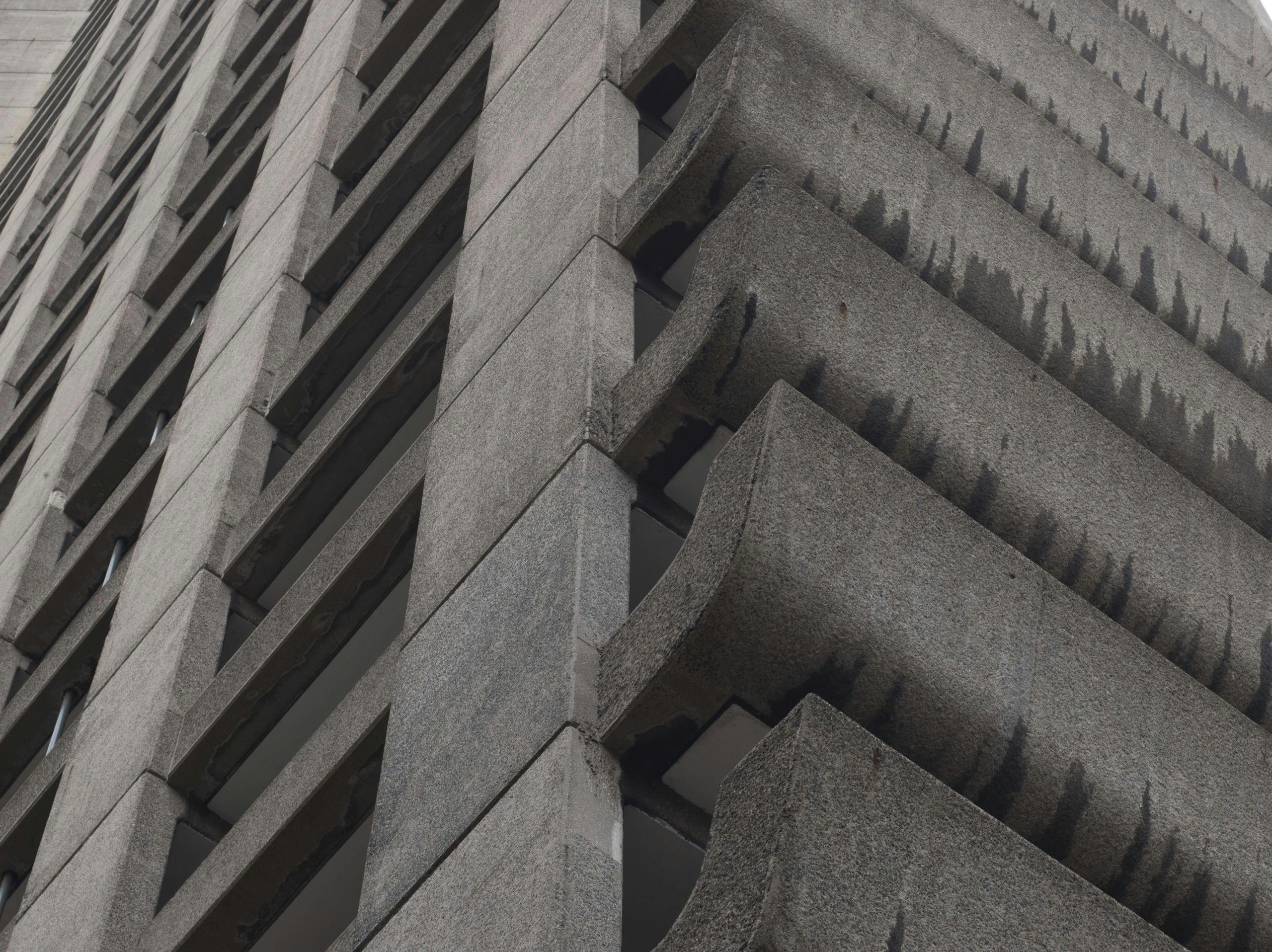
The Barbican Centre, located in the City of London, is one of the largest multi-arts and conference venues in Europe. Opened in 1982, it is renowned for its striking brutalist architecture and serves as a hub for international and local performances, exhibitions, and cultural events. The Centre is home to several iconic institutions, including the London Symphony Orchestra, the Barbican Theatre, and the Guildhall School of Music and Drama.
A visit to the Barbican offers a diverse range of experiences, from classical concerts, modern art exhibitions, and cutting-edge cinema to dance, theatre, and talks. Its expansive layout includes concert halls, theatres, galleries, cinemas, and even a conservatory, one of London's hidden green spaces. The Barbican’s programming consistently brings together avant-garde and traditional art forms, appealing to a wide audience.
The building’s design is a prime example of 20th-century brutalist architecture, with bold, exposed concrete structures and large interior spaces. Its unique design both contrasts with and complements the surrounding residential Barbican Estate, offering a distinct atmosphere that has made it a cultural landmark.
Beyond its arts programming, the Barbican also houses several cafes, restaurants, and spaces for socializing, making it a lively destination at any time of the day.
